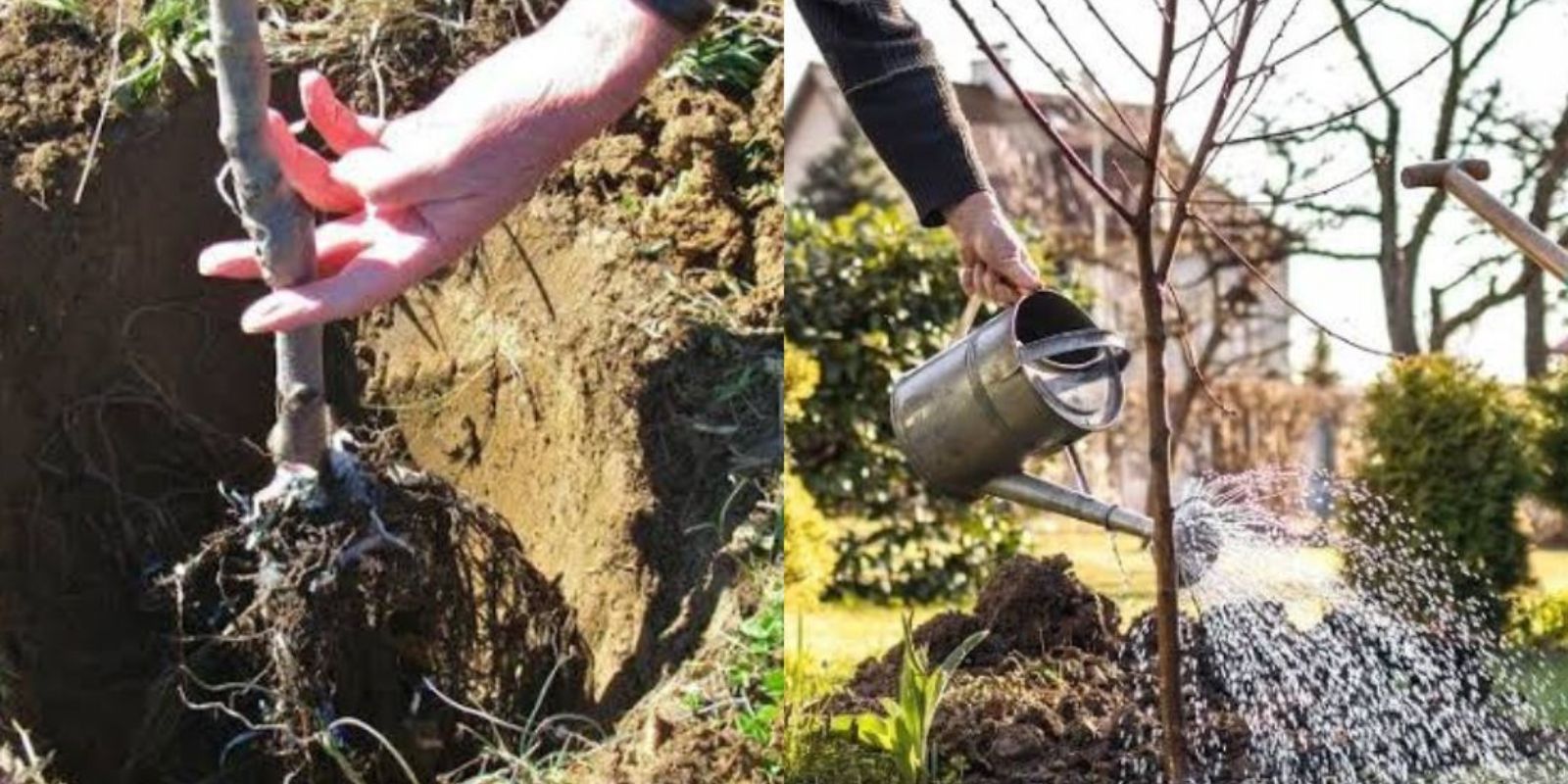Fruit trees are one of the most rewarding additions to a garden, offering fresh produce, aesthetic appeal, and environmental benefits. However, growing them successfully requires careful planning, planting, and maintenance. This comprehensive guide will take you through the essential steps to plant and care for your fruit trees to ensure healthy growth and bountiful harvests.
Why Choose Fruit Trees for Your Garden?
Fruit trees provide much more than just food; they also improve air quality, support pollinators, and create a peaceful atmosphere in your garden. With proper care, they can last decades, becoming a long-term investment in your landscape. Whether you have a small yard or a large orchard, fruit trees can be adapted to suit your space and needs.
When to Plant Fruit Trees?
Timing is critical when planting fruit trees. The season determines how well the tree establishes its root system and adapts to its new environment.
- Autumn (September to November):
Autumn is the ideal time to plant fruit trees in many regions. The cooler temperatures allow the roots to grow and establish themselves before the winter. This head start ensures a healthy tree with vigorous spring growth. - Spring (March to April):
If you miss the autumn planting window, spring is a suitable alternative. Choose this season for varieties that require a longer growing period or for colder climates where winter planting isn’t feasible.
How to Plant a Fruit Tree
1. Preparing the Planting Hole
The first step is creating the perfect environment for your fruit tree’s roots.
- Dig a hole twice the size of the root ball to allow roots to spread out comfortably.
- The depth should be such that the root ball sits flush with the ground surface.
2. Improving the Soil
Healthy soil is the foundation of a thriving fruit tree.
- Use well-aerated, slightly acidic to neutral soil.
- If the soil is heavy (e.g., clay), enrich it with organic materials such as compost, sand, or horn shavings to improve drainage and fertility.
3. Planting the Tree
- Inspect the roots for any damage and trim them carefully.
- Place the tree in the hole, ensuring that the graft union (if applicable) is above ground level.
- Fill the hole with soil, pressing gently to eliminate air pockets.
- Water the tree thoroughly to help the soil settle.
Caring for Your Fruit Tree After Planting
Proper aftercare ensures that your fruit tree establishes quickly and grows healthily.
1. Mulching
Mulch is your tree’s best friend:
- Apply a layer of organic mulch (such as wood chips or straw) around the base of the tree.
- Mulch helps retain moisture, regulate soil temperature, and suppress weeds.
- Leave a small gap around the trunk to prevent rot.
2. Staking
Newly planted trees may require support to grow straight and withstand strong winds:
- Use a sturdy stake and tie the tree loosely but securely.
- Ensure the stake doesn’t restrict root growth or damage the trunk.
3. Watering
Young fruit trees need consistent watering:
- Water regularly during the growing season, especially during dry spells.
- Avoid overwatering; the soil should be moist but not waterlogged.
Long-Term Care for Fruit Trees
To keep your fruit trees thriving for years, ongoing care is essential.
1. Fertilizing
Nutrient-rich soil is key to healthy growth and fruit production:
- Avoid fertilizing immediately after planting. Wait until the following spring.
- Use organic fertilizers or well-rotted compost to nourish the soil.
- Focus on balanced nutrients like nitrogen, phosphorus, and potassium.
2. Pruning
Pruning shapes the tree, encourages airflow, and prevents disease:
- Perform a light formative pruning after planting to establish the crown.
- Remove dead, damaged, or crossing branches annually.
- Prune during the dormant season (late winter to early spring).
3. Protecting the Tree
Fruit trees are susceptible to pests, diseases, and environmental stress:
- Use organic pest control methods, such as neem oil or companion planting.
- Install physical barriers like netting to protect fruit from birds and insects.
- In colder climates, wrap the trunk with burlap or use frost covers during winter.
Choosing the Right Location
The location of your fruit tree plays a vital role in its success:
- Select a sunny spot that receives at least 6-8 hours of direct sunlight daily.
- Ensure the area is well-drained and free from standing water.
- Maintain a 3-5 meter distance between trees or other plants to allow for root and canopy growth.
Common Mistakes to Avoid
Even seasoned gardeners can make mistakes when planting and caring for fruit trees. Here are a few pitfalls to watch out for:
- Planting too deep: The root crown should always be above the soil line.
- Overwatering: Waterlogged roots can lead to rot and disease.
- Skipping pruning: Neglecting pruning can result in poor airflow and reduced fruit production.
- Ignoring pests and diseases: Regular inspection is crucial to catch issues early.
Why Grow Your Own Fruit Trees?
Growing fruit trees offers countless benefits:
- Fresh, organic produce: Enjoy fruits free from chemicals and additives.
- Cost savings: Reduce grocery bills with homegrown fruit.
- Environmental impact: Trees absorb carbon dioxide and provide habitat for wildlife.
Plus, the satisfaction of picking fruit from your own tree is unmatched!
Conclusion: Invest in Your Garden’s Future
Planting and caring for fruit trees is a fulfilling experience that rewards you with delicious produce and a thriving garden. By following these steps, you’ll create a healthy environment for your trees to flourish for years to come.
💬 What fruit trees are you planning to grow? Share your experiences or questions below! 🌳🍎

